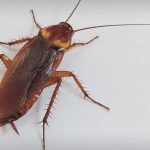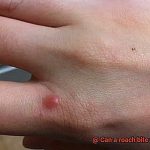Cockroaches are the ultimate survivors, capable of thriving in any environment that provides them with food and shelter. They’re infamous pests that can infiltrate homes, offices, and even the tiniest crevices imaginable. But did you know that their love for hiding spots extends to old books? Yes, those charming pieces of history may be a haven for these creepy crawly creatures.
For centuries, librarians and book collectors have known about cockroaches’ affinity for old books. But what makes these musty tomes so irresistible to our six-legged friends? Is it the paper or something else entirely that draws them in?
In this blog post, we’ll explore the fascinating world of cockroaches and their obsession with old books. We’ll delve into the science behind their peculiar taste – from their unique ability to survive without food for months to their preference for certain types of paper. We’ll also look at the harm that cockroaches can inflict on book collections and discuss measures you can take to prevent an infestation.
So whether you’re a bibliophile who treasures your collection or just curious about these resilient insects, keep reading to discover the truth about cockroaches’ love for old books.
What Attracts Cockroaches to Old Books?
Contents
Let’s delve into the fascinating reasons behind this phenomenon.
For starters, cockroaches crave warm and snug environments, which old books can provide in abundance. The pages of a book offer a dark, humid, and cozy hiding place for these pests to call home. But that’s not all – the glue used in bookbinding contains a protein that cockroaches find irresistible, making books an even more attractive habitat for them.
But it’s not just the environment that makes old books appealing to cockroaches. The pages themselves can also be a source of food for these pests. Over time, crumbs, spills, and other organic materials can accumulate in the pages, providing a perfect feeding ground for cockroaches.
But wait, there’s more. Mold and mildew can also lure cockroaches to old books. This is because mold and mildew release a musty odor that these pests find tantalizing. If old books have been stored in damp or humid environments, they may contain mold or mildew, making them even more alluring to cockroaches.
It’s crucial to note that not all types of cockroaches are attracted to old books. Some species prefer kitchens and bathrooms where they can easily access food and water sources. However, other species have a soft spot for libraries and other places where old books are stored.
So what can you do to prevent cockroach infestations in your old book collection? Regular cleaning and maintenance can help keep these pesky insects at bay. But if you do detect signs of cockroach activity, it’s best to contact a pest control professional before the problem escalates.
Types of Cockroaches That Prefer Old Books
Well, it turns out that your beloved collection may be home to some unwelcome visitors – cockroaches. There are three types of cockroaches that have a particular affinity for old books: the German cockroach, the brown-banded cockroach, and the oriental cockroach.
Let’s start with the German cockroach, the most common type found in homes. These creepy crawlies love warm and humid environments, making old books the perfect place for them to thrive. The pages of old books provide a dark and moist environment that is irresistible to these pests.
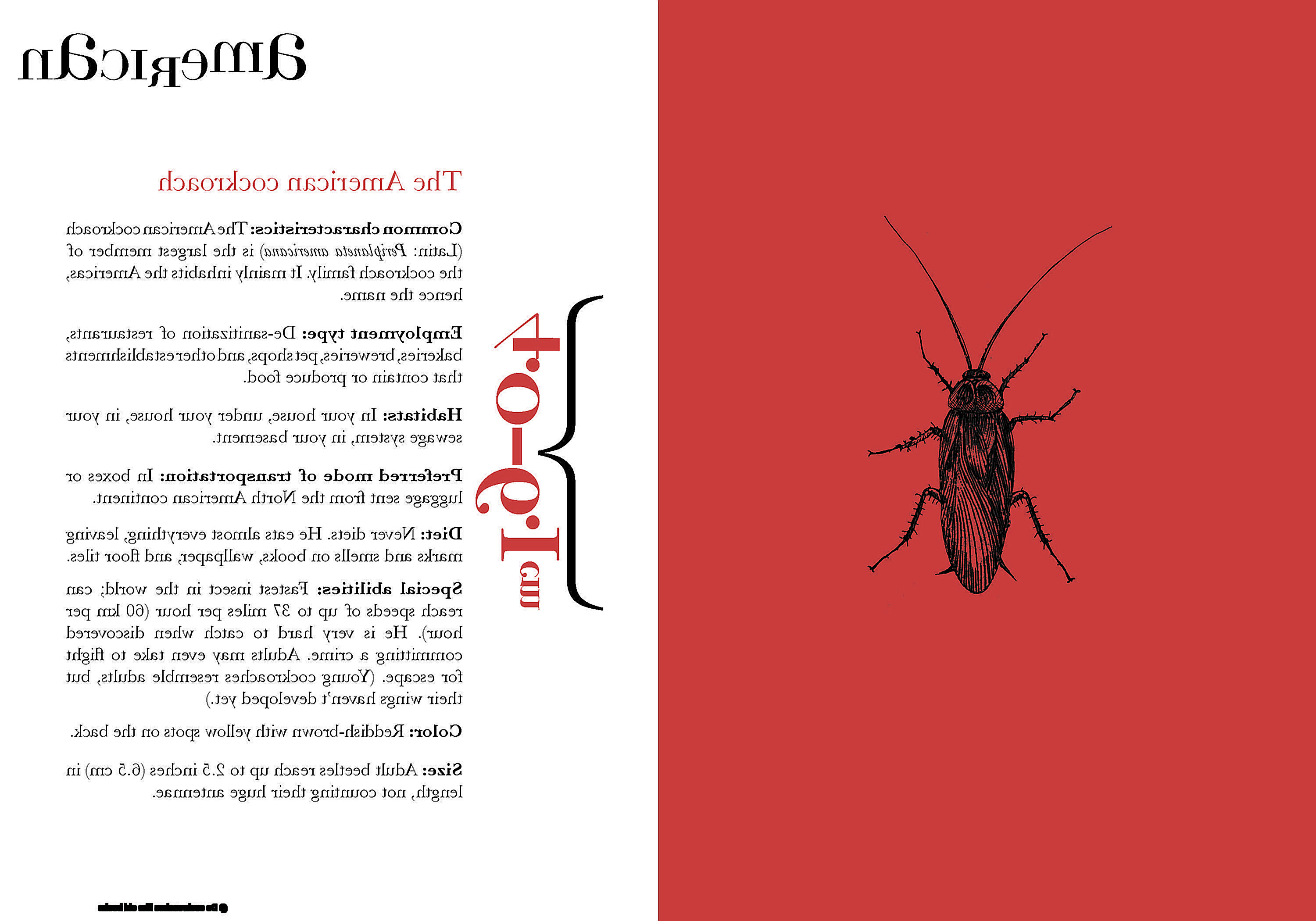
Next up is the brown-banded cockroach. Unlike its German cousin, this roach prefers drier environments. They love to hide in small crevices and cracks, which often includes book bindings and pages. So, if you’ve got an old book gathering dust on your shelf, it may just be a perfect hiding spot for these roaches.
Lastly, we have the oriental cockroach. While it may not be as common as its counterparts, it is still attracted to old books. This type of cockroach has a preference for decaying organic matter, which makes old books a prime location for them. The mold and mildew that often forms in old books provide an ideal environment for these pests.
It’s important to keep in mind that while these three types of cockroaches may prefer old books, they will also be attracted to any other sources of food or shelter in your home. Proper sanitation practices and pest control measures are crucial in preventing an infestation, regardless of where these pests may be lurking.
Are All Cockroaches Attracted to Old Books?
But before you start panicking, let’s get one thing straight – not all cockroaches are attracted to old books. In fact, with over 4,000 species of cockroaches in the world, each with its own unique preferences and habits, it’s essential to understand the specific type of cockroach you’re dealing with.
While some species like the German, brown-banded, and Asian cockroaches have a particular fondness for the glue that binds book pages together, others like the American cockroach are not typically attracted to old books. However, it’s important to note that even within species, individual cockroaches may have different preferences depending on factors such as age, sex, and hunger levels.
So how can you protect your treasured collection from potential infestations? Firstly, store them in sealed containers as a barrier between your books and any lurking cockroaches. Additionally, regularly cleaning and dusting your books can deter any potential infestations.
Prevention Tips for Keeping Cockroaches Away from Old Books
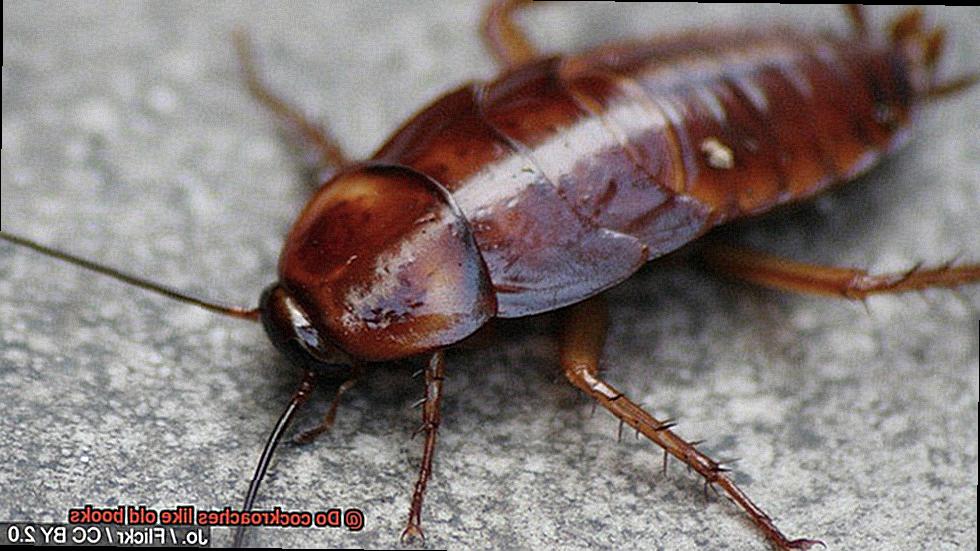
We’ve got you covered with five prevention tips to keep cockroaches away from your old books.
Keep Your Books Clean and Dry
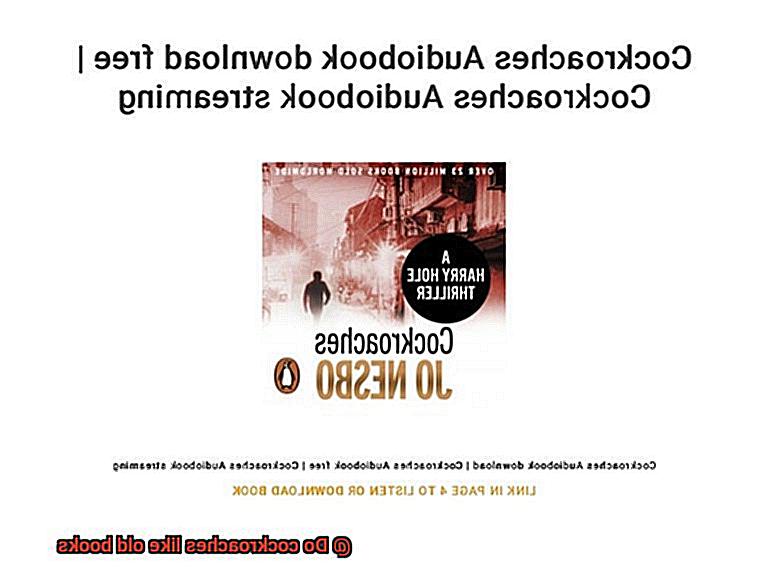
Cockroaches are attracted to moisture and dirt, so it’s important to store your books in a clean and dry place. To ensure this, make sure to clean the shelves or storage boxes before placing your books in them. Regularly dust your books and store them in a dry place to make them less attractive to these pests.
Store Your Books in Airtight Containers
Cockroaches can easily crawl into cardboard boxes, so it’s better to opt for plastic containers with lids that seal tightly. Airtight containers will help prevent cockroaches from getting into your books. Store the container away from any potential sources of moisture.
Keep Food Away from Your Books
Cockroaches are drawn to food sources, so avoid storing food near your books. In addition, make sure to clean up any food spills or crumbs immediately. This will help keep cockroaches from being attracted to the area.
Seal Up Any Cracks and Crevices
Cockroaches can enter your home through small cracks and crevices. Seal up any gaps in walls, baseboards, or windows to prevent these pests from entering your home. A little bit of caulk or foam can go a long way in keeping cockroaches at bay.
Use Natural Insect Repellents
There are several natural insect repellents that can help keep cockroaches away from your old books. Essential oils like peppermint, lavender, or eucalyptus are effective options. Place these around the storage area or even inside the container itself for added protection.
Remember, prevention is key when it comes to pest control. Regular inspection of your books is essential. If you notice any signs of damage or infestation, take immediate action. This will help you avoid any unwanted guests in your precious old books.
Signs of a Cockroach Infestation in an Old Book Collection
As a book collector, you know that a good read is priceless. Unfortunately, your prized collection can become a haven for pesky cockroaches. These insects love dark, damp, and cluttered spaces, making old book collections a prime target for infestations. In this article, we will explore six signs of a cockroach infestation in an old book collection and provide tips on how to prevent and eliminate these unwelcome guests.
One of the most obvious signs of a cockroach infestation is the presence of live or dead cockroaches in and around your old books. These creatures are usually nocturnal, meaning you may not spot them during the day. However, if you see them dashing away when you turn on the lights, it’s a clear sign that they’ve made themselves at home in your collection.
Another telltale sign of a cockroach infestation is small black specks resembling coffee grounds that can be found in the pages of your books, on shelves, or on the floor surrounding your collection. These droppings are not only unsightly but also pose health risks to humans.
Cockroaches shed their skin as they grow, leaving behind empty exoskeletons that can easily blend in with the pages of your books. If you notice light brown exoskeletons in and around your old book collection, it’s a clear sign of a cockroach infestation.
If you detect a musty odor coming from your old book collection, it could be a sign of a cockroach infestation. Cockroaches produce pheromones that emit a distinctive and pungent odor.
Cockroaches will eat almost anything, including paper and glue bindings, which can lead to irreparable damage to your precious collection. If you notice any damage to the pages or covers of your books, it could be a sign that cockroaches have been feeding on them.
Lastly, finding small, oval-shaped egg casings in and around your old book collection is a clear sign of a cockroach infestation. These casings are typically light brown in color and can contain up to 50 eggs each, making it critical to act quickly to prevent further infestation.
H_HxwLHX8mc” >
Conclusion
In conclusion, it’s safe to say that cockroaches have a soft spot for old books. The cozy and snug environment created by the pages of an old book is a perfect hideout for these pesky pests. But what makes books even more irresistible to cockroaches is the protein found in the glue used in bookbinding – it’s like a gourmet meal for them. And let’s not forget about the crumbs, spills, and other organic materials that can accumulate in the pages over time, providing a feast fit for royalty.
While not all types of cockroaches are attracted to old books, three species – the German, brown-banded, and oriental cockroach – have a particular fondness for them. So if you’re a book lover with an impressive collection of antique volumes, it’s important to take preventive measures to keep these unwanted guests at bay.
Here are some tips: keep your old book collection clean and dry; store them in airtight containers away from potential sources of moisture and food; seal up any cracks and crevices in your home to prevent pest entry; and use natural insect repellents like essential oils.
But how do you know if your beloved books are infested? Look out for live or dead cockroaches present in or around the books; small black specks resembling coffee grounds (cockroach droppings); light brown exoskeletons left behind by shedding roaches; musty odors emitted by pheromones produced by roaches; damage to book covers or pages caused by roach feeding habits; and small oval-shaped egg casings containing up to 50 eggs each.
Don’t let these creepy crawlies ruin your reading experience. Regular cleaning and maintenance can help keep them at bay. And if you do detect signs of infestation, don’t hesitate to contact a pest control professional before things get out of hand.



